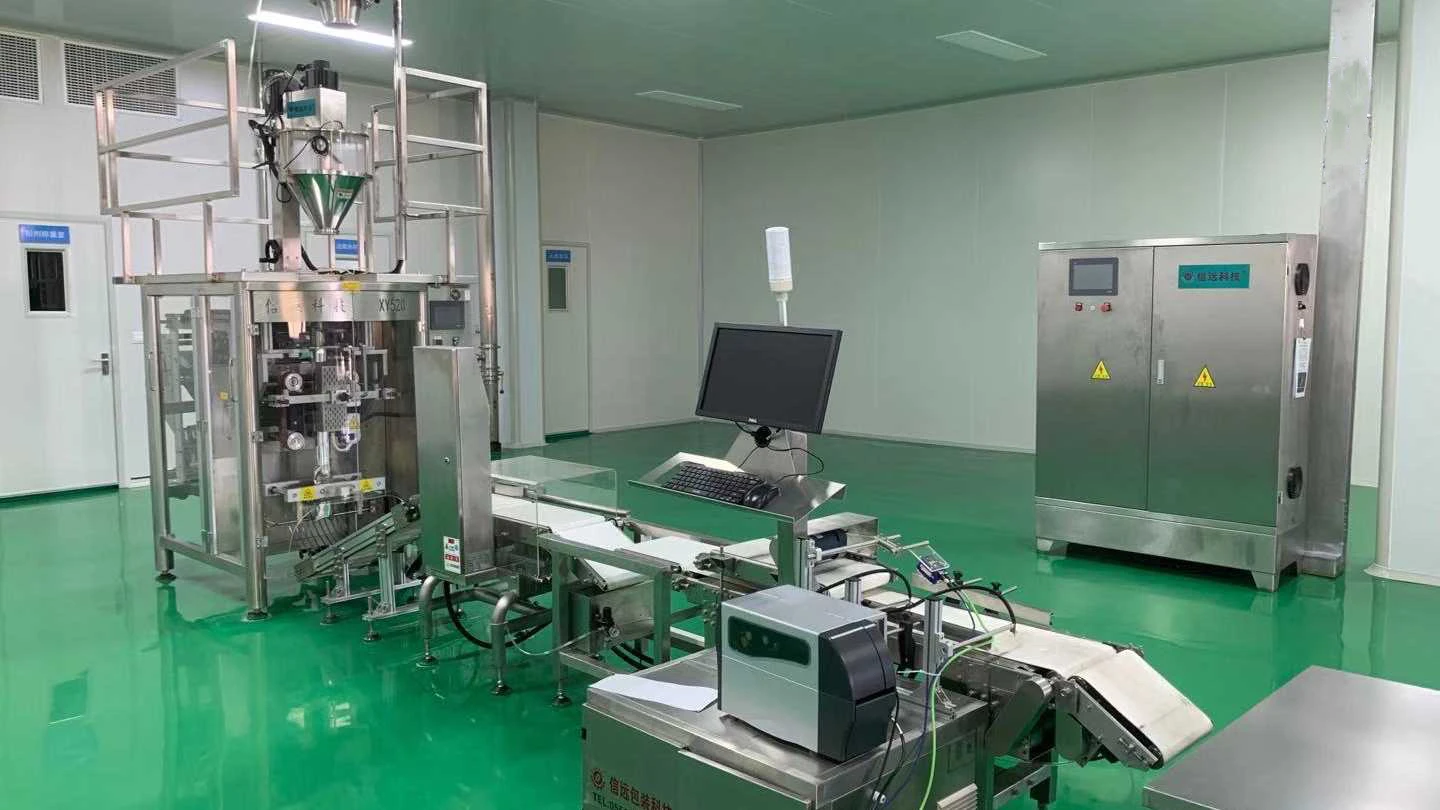- Afrikaans
- Albanian
- Amharic
- Arabic
- Armenian
- Azerbaijani
- Basque
- Belarusian
- Bengali
- Bosnian
- Bulgarian
- Catalan
- Cebuano
- Corsican
- Croatian
- Czech
- Danish
- Dutch
- English
- Esperanto
- Estonian
- Finnish
- French
- Frisian
- Galician
- Georgian
- German
- Greek
- Gujarati
- Haitian Creole
- hausa
- hawaiian
- Hebrew
- Hindi
- Miao
- Hungarian
- Icelandic
- igbo
- Indonesian
- irish
- Italian
- Japanese
- Javanese
- Kannada
- kazakh
- Khmer
- Rwandese
- Korean
- Kurdish
- Kyrgyz
- Lao
- Latin
- Latvian
- Lithuanian
- Luxembourgish
- Macedonian
- Malgashi
- Malay
- Malayalam
- Maltese
- Maori
- Marathi
- Mongolian
- Myanmar
- Nepali
- Norwegian
- Norwegian
- Occitan
- Pashto
- Persian
- Polish
- Portuguese
- Punjabi
- Romanian
- Russian
- Samoan
- Scottish Gaelic
- Serbian
- Sesotho
- Shona
- Sindhi
- Sinhala
- Slovak
- Slovenian
- Somali
- Spanish
- Sundanese
- Swahili
- Swedish
- Tagalog
- Tajik
- Tamil
- Tatar
- Telugu
- Thai
- Turkish
- Turkmen
- Ukrainian
- Urdu
- Uighur
- Uzbek
- Vietnamese
- Welsh
- Bantu
- Yiddish
- Yoruba
- Zulu
10 月 . 21, 2024 20:29 Back to list
Ivermectin 1% Injectable Solution for Effective Parasite Control and Animal Health Management
Ivermectin 1% Injectable Solution An Overview
Ivermectin, a widely recognized antiparasitic agent, has gained significant attention in the medical and veterinary fields since its discovery in the 1970s. The injectable formulation of ivermectin, specifically at a concentration of 1%, serves various uses, primarily in the treatment and prevention of parasitic infections in both livestock and companion animals. This article aims to provide a comprehensive overview of this injectable solution, its uses, safety, and mechanisms of action.
What is Ivermectin?
Ivermectin is a macrocyclic lactone derived from the fermentation of Streptomyces avermitilis. Its discovery marked a turning point in the treatment of various parasitic infections, particularly those affecting livestock and some zoonotic diseases in humans. The drug works by binding to glutamate-gated chloride channels, disrupting the neuromuscular function of parasites, leading to paralysis and ultimately death.
Uses of Ivermectin 1% Injectable Solution
In veterinary medicine, the 1% injectable solution of ivermectin is primarily used to control a range of parasitic infections in animals such as cattle, horses, and swine. It is effective against various endoparasites (internal parasites) including roundworms, lungworms, and certain external parasites like lice and mites.
In cattle, for instance, it is commonly administered to manage infections caused by Ostertagia, Cooperia, and others, which can significantly impact animal health and productivity. Similarly, in equine practice, ivermectin is employed to treat strongyle infections and control bots. The injectable formulation allows for effective delivery, particularly in cases where oral administration might be challenging.
Moreover, the 1% injectable ivermectin has also garnered attention for its potential use in humans—though this is typically off-label and often requires professional oversight. Historically, ivermectin has been used to treat conditions like river blindness and lymphatic filariasis in endemic areas.
ivermectin 1 injectable solution

Safety and Efficacy
The safety profile of ivermectin is generally favorable. When administered according to veterinary guidelines, it exhibits low toxicity for the host animals. However, it is essential for veterinarians and animal owners to follow the recommended dosages meticulously, as overdosing can lead to adverse effects.
In horses, for example, ivermectin is well-tolerated, but caution is necessary to avoid administering it to foals and certain breeds prone to adverse reactions. Regular monitoring and following best practices can mitigate the risk of any potential side effects.
Mechanism of Action
The mechanism of action of ivermectin revolves around its ability to selectively bind to the parasite's nervous system. By enhancing the release of gamma-aminobutyric acid (GABA), ivermectin causes hyperpolarization of the nerve and muscle cells, resulting in paralysis and death of the parasites. This targeted action makes it particularly effective, and its wide safety margin contributes to its popularity.
Conclusion
Ivermectin 1% injectable solution stands as a cornerstone in veterinary parasitology, offering both efficacy and safety for managing various parasitic infections in animals. Its broad spectrum of activity and crucial role in livestock health and productivity are widely recognized. The continued research into potential human applications, especially concerning tropical diseases, highlights the significant medical relevance of ivermectin.
Whether in the context of veterinary medicine or potential human usage, understanding the properties, uses, and mechanism of action of ivermectin is critical for health professionals and researchers alike. Through responsible use and ongoing research, ivermectin will continue to play an essential role in combating parasitic infections across species.
-
The Power of Radix Isatidis Extract for Your Health and Wellness
NewsOct.29,2024
-
Neomycin Sulfate Soluble Powder: A Versatile Solution for Pet Health
NewsOct.29,2024
-
Lincomycin Hydrochloride Soluble Powder – The Essential Solution
NewsOct.29,2024
-
Garamycin Gentamicin Sulfate for Effective Infection Control
NewsOct.29,2024
-
Doxycycline Hyclate Soluble Powder: Your Antibiotic Needs
NewsOct.29,2024
-
Tilmicosin Premix: The Ultimate Solution for Poultry Health
NewsOct.29,2024













